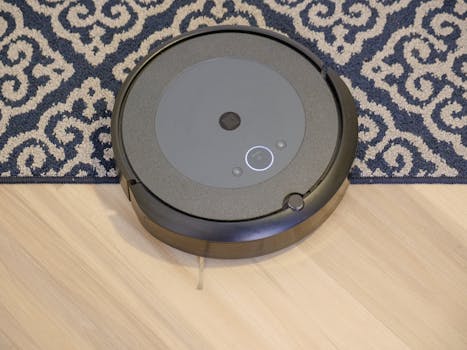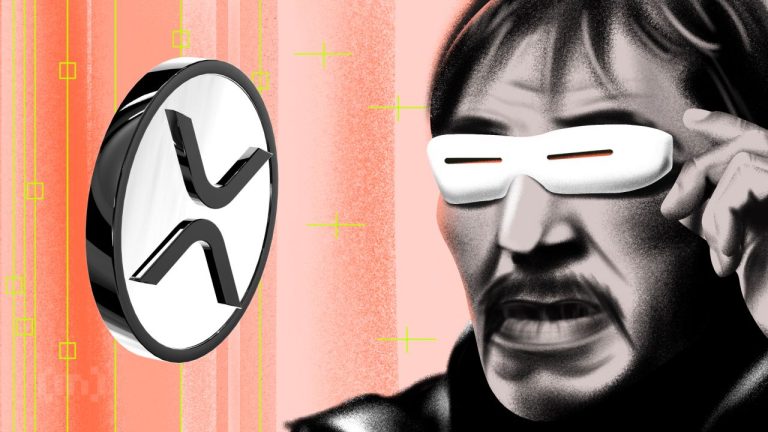
Smart Homes and Smart Living: The Technological Transformation of European Homes by 2025
Smart Homes and Smart Living are revolutionizing the way we live in our homes. The concept of smart homes has been around for decades, but recent advancements in technology have made it more accessible and affordable for the average homeowner. By 2025, it’s estimated that over 50% of European homes will be equipped with some form of smart technology, transforming the way we live, work, and interact with our living spaces.
What are Smart Homes?
A smart home is a residence that has been equipped with advanced technology to make it more efficient, convenient, and automated. This can include features such as thermostats that can be controlled remotely, lighting systems that can be programmed to turn on and off automatically, and security systems that can be monitored from a smartphone. The goal of a smart home is to make life easier and more comfortable for its occupants, while also saving energy and reducing waste.
Key Features of Smart Homes
- Home Automation: The ability to control and automate various aspects of the home, such as lighting, temperature, and security, from a single interface.
- Internet of Things (IoT): The connection of various devices and appliances to the internet, allowing them to communicate with each other and with the homeowner.
- Energy Efficiency: The use of smart technology to optimize energy consumption and reduce waste, such as through the use of smart thermostats and energy-efficient lighting.
- Enhanced Security: The use of smart technology to enhance home security, such as through the use of smart door locks and security cameras.
The Benefits of Smart Homes
The benefits of smart homes are numerous and include:
- Increased Convenience: Smart homes make it easier to control and automate various aspects of the home, saving time and effort.
- Improved Energy Efficiency: Smart homes can help reduce energy consumption and waste, saving homeowners money on their utility bills.
- Enhanced Security: Smart homes can provide an additional layer of security, giving homeowners peace of mind and protecting their property.
- Increased Property Value: Smart homes can increase the value of a property, making it more attractive to potential buyers.
The Future of Smart Homes in Europe
By 2025, the smart home market in Europe is expected to be worth over $30 billion, with over 50% of homes equipped with some form of smart technology. The growth of the smart home market will be driven by advancements in technology, increasing demand for energy efficiency and convenience, and the need for enhanced security.
Challenges and Limitations
While the benefits of smart homes are numerous, there are also challenges and limitations to consider, including:
- Cost: The cost of installing and maintaining smart home technology can be high, making it inaccessible to some homeowners.
- Complexity: Smart home technology can be complex and difficult to use, requiring a high level of technical expertise.
- Security Risks: The increased connectivity of smart homes also increases the risk of cyber attacks and data breaches.
Conclusion
In conclusion, the technological transformation of European homes is well underway, driven by advancements in smart home technology. By 2025, homes will be more connected, efficient, and automated, changing the way we live and interact with our living spaces. While there are challenges and limitations to consider, the benefits of smart homes make them an attractive option for homeowners looking to enhance their quality of life and increase their property value.





